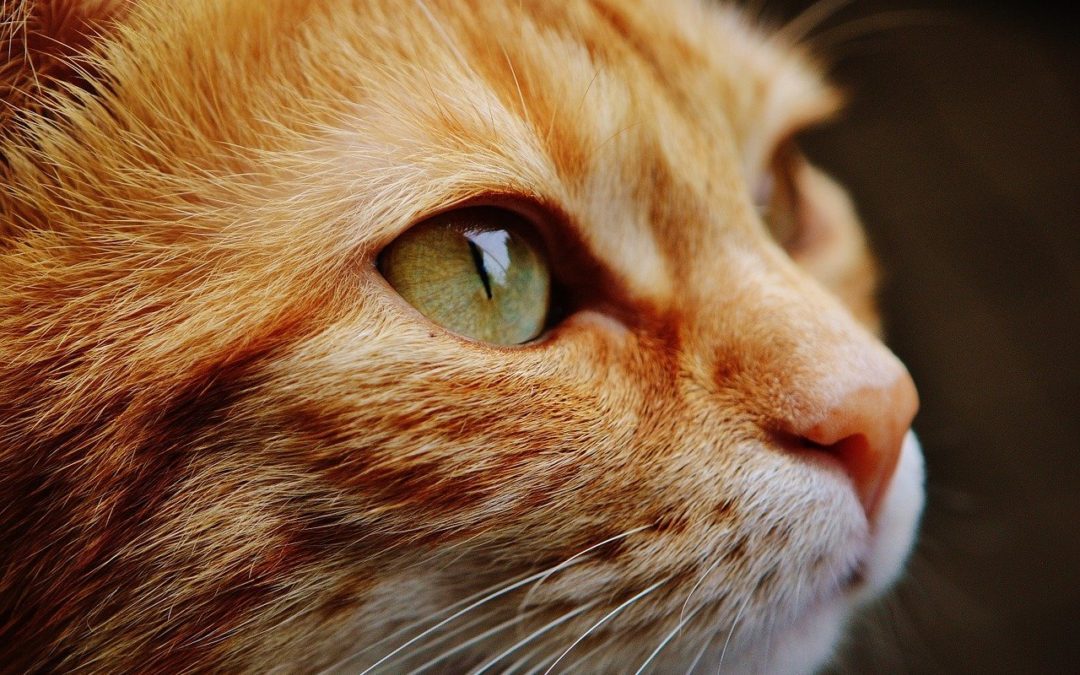With age, comes years of loyalty and love from your now senior pets. However, much like we are likely to develop vision problems as we age, so are our pets. Even though our pets don’t rely on their vision as their primary sense, it’s important to spot the often overlooked symptoms of vision impairment in your senior pets. The team at Veterinary Revision has put together a guide to help you get your pet care as soon as possible.
Causes of Vision Loss in Older Pet
Vision loss in senior pets can be caused by a multitude of different diseases. Here are some of the common causes contributing to vision loss.
- Glaucoma
- Cataracts
- Diabetes – can surface along with cataracts
- Hypertension (high blood pressure)
- Chronic dry eye
- Cancer
Some of these causes can lead to blindness if left untreated such as cancer and chronic dry eye. If your pet begins to enter the early stages of blindness, they may become more clumsy by bumping into objects around the house and have generally higher levels of anxiety. As their blindness worsens, they may become more aggressive as their feelings of vulnerability increase.
How to Manage Vision Loss in Senior Pets
As your pet ages, it’s crucial for them to have regularly scheduled visits to their veterinarian (typically every 6 to 9 months) to ensure their health is monitored and maintained. While at home, changing the layout of the furniture could spell trouble for your pet with impaired vision, so we recommend keeping everything as-is for their comfort especially with the location of their food and water bowls. Be sure to limit the number of startling noises produced around the house that would catch your pet off guard and cause anxiety.
Remember, as your pet ages, patience is key to maintaining its quality of life. If you have noticed your scruffy friend bumping into the couch every so often, contact our office to schedule an optical exam for your senior pet.

